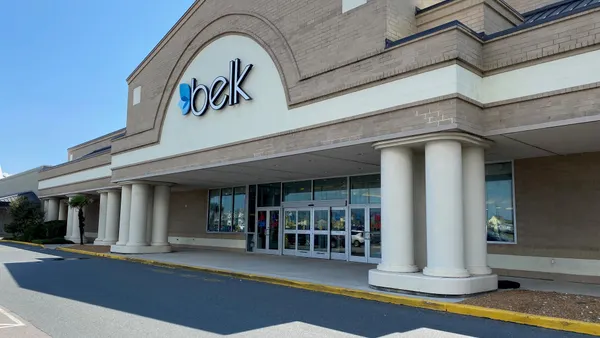Dive Brief:
- Omnichannel retailing is finally taking hold — but increased fraud comes with it. During the peak holiday season, fraudulent activity is expected to increase by 30% compared to the same period last year, according to data from ACI Worldwide. ACI attributes the increase to data breaches/identity theft, account takeover/phishing attacks and friendly fraud/chargebacks.
- The average ticket value (ATV) of an attempted fraud is expected to rise from $210 to $215. Fraudsters are targeting electronics and home goods, like vacuum cleaners and blenders, and they prefer the immediacy of being able to place an order online and then pickup in store, as well as next-day delivery.
- Huge data compromises led to a drastic increase in fraud last summer, ACI reports. Last year’s move to lower ticket prices continues this year, because of the wider availability of new shipping methods, lower-priced electronic items and promotions. While holiday ATV will be up, overall 2017 ATV will decline to $130 from $133 last year.
Dive Insight:
Two predictions are coming to fruition this holiday shopping season: the prevalence of omnichannel shopping and an increase in online, or card-not-present fraud.
The e-commerce fraud losses were predicted earlier this year by Juniper Research, although most online shoppers now view fraud as inevitable, according to a study by payments company Paysafe. That study found that 59% accepted the unavoidable nature of fraud and 58% were willing to accept the security measures deemed necessary to protect them from fraud.
However, another study conducted a few weeks ago by cybersecurity firm Sitelock found 30% of consumers do not plan to shop online during the holiday shopping season because of concerns over security threats. About two-thirds of respondents said a data breach would cause them to cease shopping at the retailer, whether online or in the physical store.
Much of the fraud increase may be in the department store channel, according to PYMNTS’ Q1 2017 Global Fraud Index. That report found fraud decreased almost 35% from 2016 through early 2017 in several industries, but not department stores. The drop in other industries was attributed to fraud-mitigating machine learning technologies.
And the cost of fraud is on the rise: Each dollar merchants have lost to fraud this year has cost them about $2.77 in overall losses, up from $2.40 a year ago, according to another recent report. While the season has not yet ended, the risk remains.
This story is part of our ongoing coverage of the 2017 holiday shopping season. You can browse our holiday page and sign up for our holiday newsletter for more stories.












